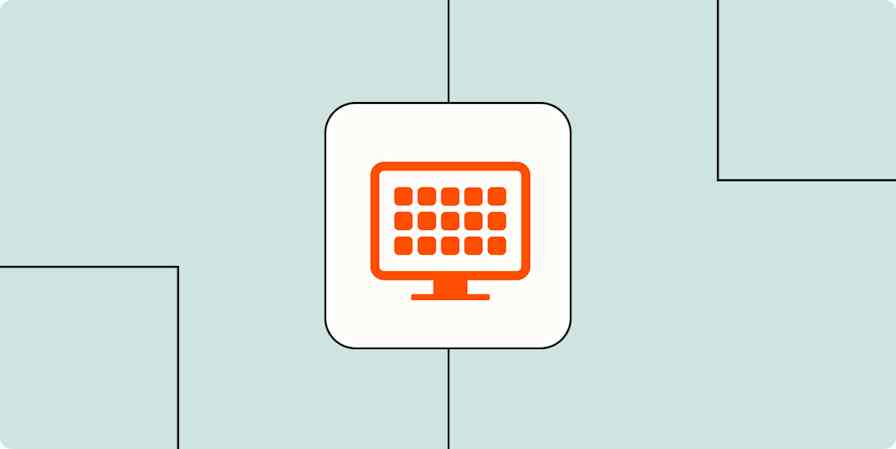Business tips
8 min readHow a Two-Day Side Project Turned Into a Productivity App with 11 Million Users
By Danny Schreiber · March 11, 2014

Get productivity tips delivered straight to your inbox
We’ll email you 1-3 times per week—and never share your information.
tags
Related articles
Improve your productivity automatically. Use Zapier to get your apps working together.








